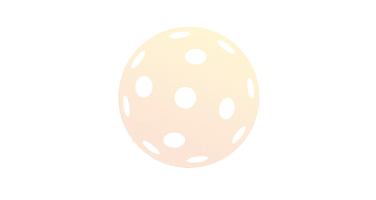You'll often hear that the most important piece of advice in pickleball is avoiding 'unforced errors.' There are many training techniques that center around this concept such as 'percentage pickleball,' where one uses shots and tactics which are statistically more reliable rather than attempting risky maneuvers that could just as easily go in the other team's favor. The idea is to keep the ball in play and let your opponents make the mistakes.
This is a simple concept to grasp, but when you try to break it down, it can be harder to determine where, exactly, your original mistake was made. Learning how and why you made a mistake can go a long way towards improving your game and making it more consistent in the future. Some will point to the final moments of play as the main area for analysis, but in fact, you may need to look even earlier to find out what went wrong.
This idea is elegantly shown in video from Tony of In2Pickle. In it, one of the players seemingly loses a point because her paddle wasn't in a high, ready position. But Tony expresses that the team made several mistakes much earlier than that, which ended up making the final exchange more difficult to defend and placed them in a disadvantageous position.
https://www.youtube.com/watch?v=MojDbYKJr0Q
Watch this concise and helpful video for a full breakdown. To sum up: The main problem starts with Kathie (in the back left side of the court) making a short return serve. This is due to her standing too close to the baseline and having to move back to make the return, resulting in less power in the ball.
This then snowballs into a series of advantages for the opposing team. The offense steps closer to the kitchen and gains more court coverage, while Kathie is still stuck in no man's land for her next volley. She is forced to hit the ball in an upward arc, which allows her opponent to poach it and further reduce the amount of time Kathie has to get in position.
If you can work out small technical errors in your game like this, then there are much fewer opportunities for the other team to seize an opening. That's why learning and utilizing basic good practices is so important, including something as simple as knowing where to stand during a serve to maximize your return.
Have you ever taken the opportunity to analyze your games and discover what simple good practices you might be overlooking? Try it, and have a more seasoned player help out if possible! You might be surprised by what you find and how little changes can make big improvements in your game.
Share Product:
SHARE THIS:


